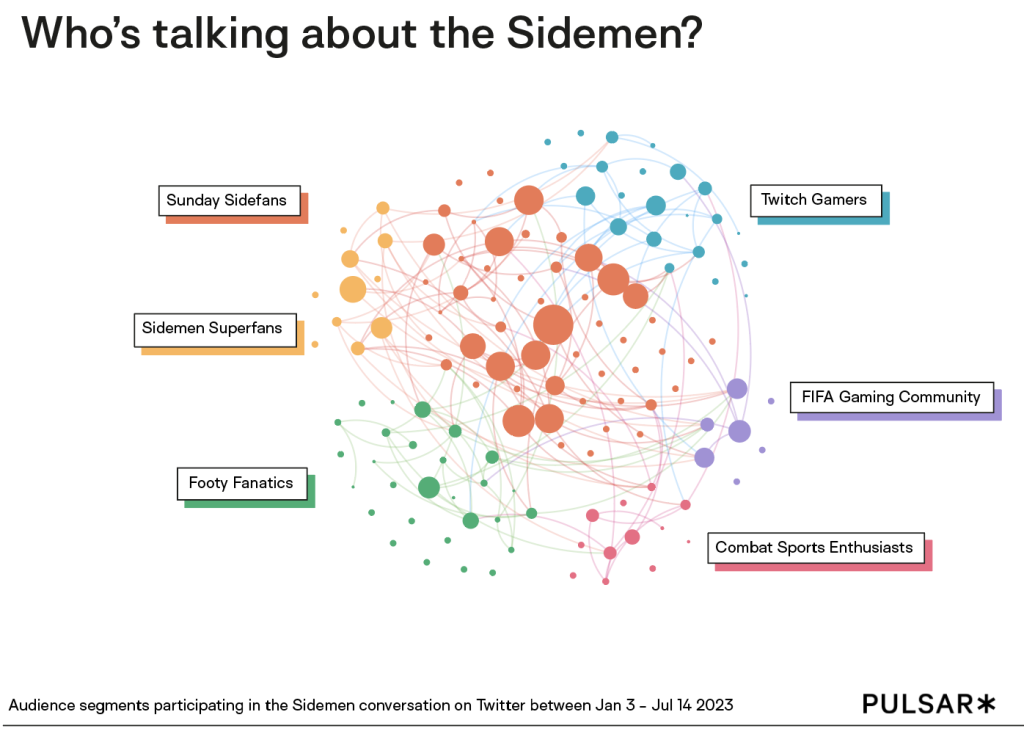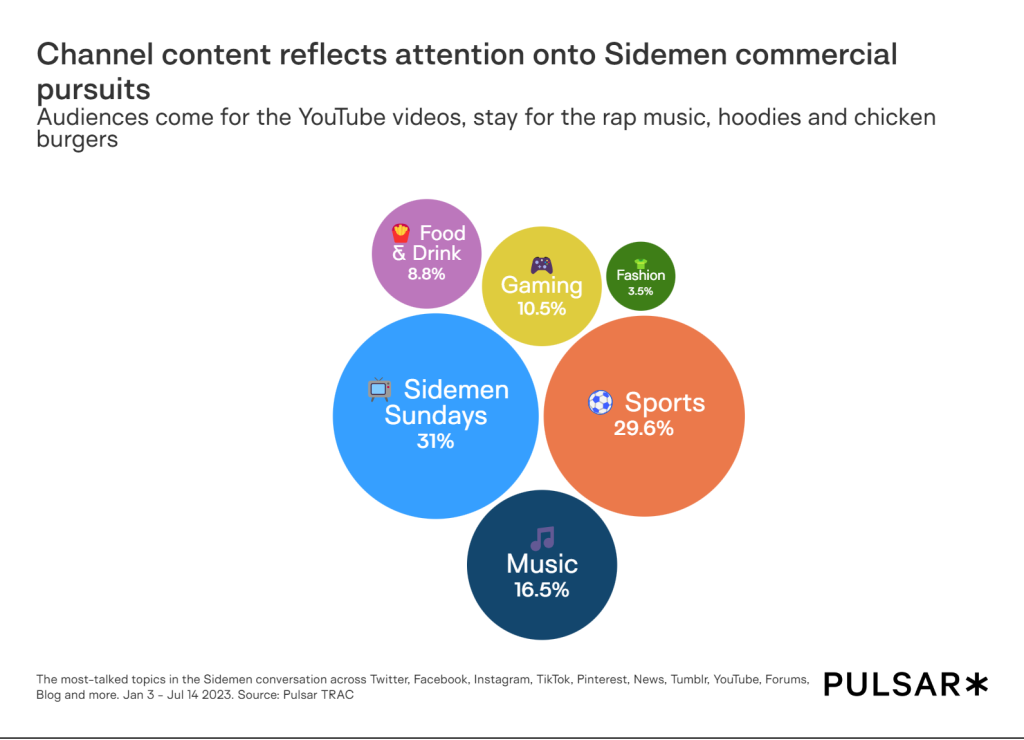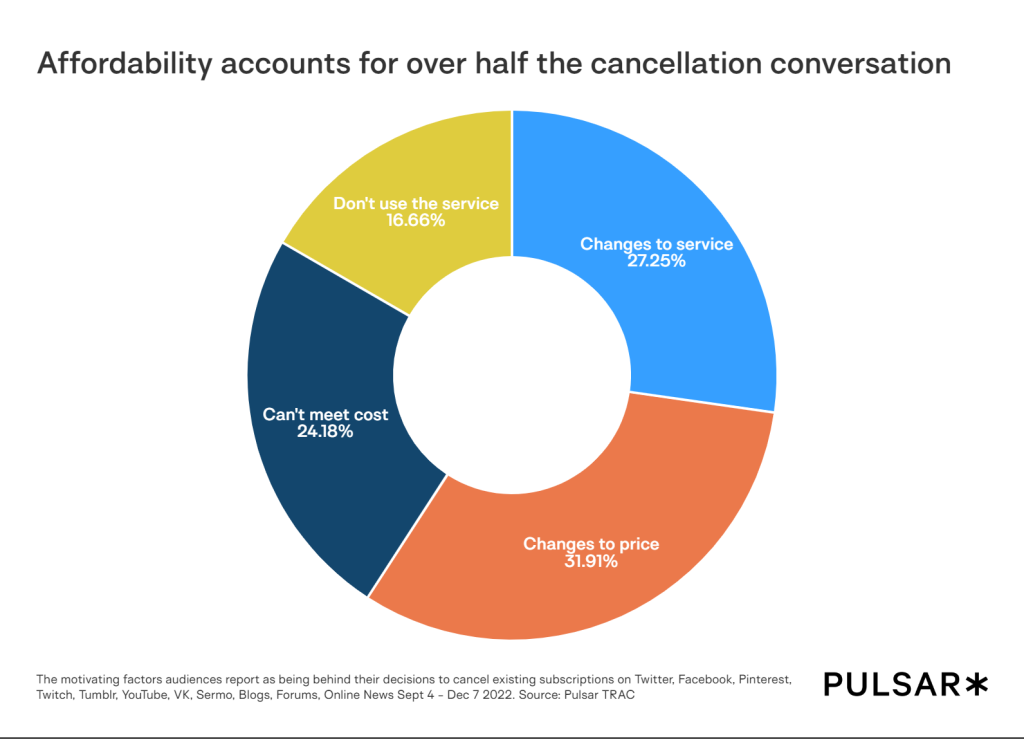
Behavioral segmentation in marketing: Definition, use cases and examples
In the dynamic world of consumer behaviors, behavioral segmentation has emerged as a powerful marketing strategy far exceeding the capabilities of traditional segmentation methods. As marketers navigate this dynamic and ever-changing landscape, the constant emergence of new behaviors keeps them on their toes, demanding immediate segmentation and analysis to stay ahead of the curve.
Understanding behavioral segmentation is like unraveling the intricate web of individual actions and reactions. Each behavior carries its distinct meaning, morphs uniquely, and resonates differently with various audience segments. By studying these independent behaviors and tracking how they spread and evolve, you can gain invaluable insights into their transformations, ultimately helping marketers understand the various audience segments behind them.
Marketers who master behavioral segmentation comprehend that behaviors are not static – they have a lifespan. They are born, they evolve, and they sometimes wane. It's a marketer's job to understand these behaviors, the people behind them, and their life cycles. This understanding empowers real-time responses, where they can adapt strategies to the ever-changing consumer environment.
Table of Contents
What is a behavior?
Before we get into behavioral segmentation, it’s important to understand what it means when we talk about ‘behaviors’ in marketing.
In the context of behavioral sciences, 'behavior' encompasses the observable activity by an individual as a reaction to stimuli in their environment. This behavior can manifest as both conscious and subconscious responses, voluntary or involuntary actions, materializing as a spectrum of physical and mental processes.
Various factors shape these behaviors, from genetic predispositions and cultural influences to learning experiences and personal perceptions. Beyond these influences, behaviors embody a life of their own. They morph, spread, and evolve in unique ways, leading to varied interpretations by different audiences. Consequently, behaviors can present significant variances among individuals, communities, and societies, painting a complex and fascinating tapestry of human interaction and response.
What is behavioral segmentation?
Behavioral segmentation is the process of dividing customers into groups based on similar patterns of behavior, such as purchasing habits, product usage rate, brand interactions, customer loyalty, and readiness to purchase. These behaviors reflect how individuals act in relation to a business, service, or product.
Unlike other types of market segmentation, behavioral segmentation is founded upon what an audience does and how they act, as opposed to who they are and the characteristics they exhibit.
Marketers can utilize a broad spectrum of segmentations - market, audience, etc. Each of these angles provides its own unique set of insights and understanding. Behavioral segmentation, however, offers a distinctive perspective. It concentrates less on the characteristics of the groups analyzed and more on their actions within the cultural and economic context.
The beauty of behavioral segmentation lies in its inherent fluidity, influenced by cultural trends, economic changes, or a host of other factors. Consumers may adopt new behaviors or shed old ones as they interact with the ever-changing world around them. Capturing these dynamic behavioral shifts provides an enriched understanding of your audience, informing more responsive and adaptive marketing strategies.
Behavioral segmentation offers an agile approach to understanding customers, keeping pace with the evolving rhythm of consumer culture.
Some examples of possible customer groupings based on behavior are:
- Occasion purchasers: This segment could include customers who only use or purchase a product or service for specific occasions. For example, people who buy champagne for celebrations, such as a birthday.
- Brand loyal customers: This segment would include the customers who consistently purchase products or services from the same brand. An example of this would be users who only purchase their tech products from Apple, such as iPhones, iPads and Macs. These customers are considered loyal Apple customers.
- Discount seekers: This segment refers to the customers who are motivated by discounts, sales, special offers and voucher codes. They’re not necessarily loyal to a specific brand or service, but the brand currently offering the best deal.
Going beyond the basic definition of 'What is behavioral segmentation?', it's essential to delve deeper into its practical applications within the marketing landscape. The following section explores the question of 'What is behavioral segmentation in marketing?' in depth. We'll unpack its powerful potential to enhance marketing campaigns, focusing on how audience intelligence can enrich these insights further.
Behavioral segmentation in marketing
Behavioral segmentation allows for more nuanced and effective marketing. By taking the time to understand not just who your customers are, but how they behave will help you craft more relevant, engaging and effective campaigns.
Audience intelligence isn't just a single task or job; it's a comprehensive approach to understanding your audience. Behavioral segmentation provides invaluable insights into the 'what' - how different consumer groups act - but it's just one element. Audience intelligence is the canvas on which we paint a fuller picture of our audience by adding layers of online behaviors, shared online affinities, and traditional demographic data. This multi-dimensional perspective gives us a nuanced understanding of our audience applied to social conversations - offering dynamic and real-time insights into evolving behaviors, the rationale behind specific actions, and the influencers and trends shaping them.
How is behavioral segmentation used in marketing?
- Product Positioning & Development: By understanding customer behavior, companies can tailor their products or services to meet the needs of specific segments. For instance, if a group of consumers often uses a product for a particular purpose, a company could adapt the product or create a new one to cater to this behavior - ultimately uplifting customer loyalty, retention and sales. With audience intelligence, marketers can delve deeper, understanding consumers' motivations and underlying reasons that influence behaviors behind product usage. Such insights could be used to inform product positioning and development.
- Personalized Marketing: Behavioral segmentation enables marketers to create personalized marketing strategies. When enriched with behavioral segmentation, audience intelligence enhances contextual insights that helps marketers understand how different segments behave to target their messaging and offers to resonate more with each consumer group, improving engagement, conversion rates, and customer loyalty.
- Customer Retention: By analyzing behaviors such as usage frequency and purchase history, companies can identify loyal customers and those at risk of not returning. Audience intelligence offers the data to help predict customer churn and points of friction in the customer journey, giving businesses the time to address issues and implement new ideas to uplift customer loyalty. This could look like developing strategies to reward loyal behavior (e.g., loyalty programs).
- Pricing Strategies: Consumers' purchasing behaviors, like their sensitivity to price changes, can help businesses develop appropriate pricing strategies. For instance, marketers could apply premium pricing for a segment less sensitive to price changes. Audience intelligence not only reveals the customers sensitive to price, but also why they’re sensitive to price. This allows marketers to implement more developed pricing strategies, and understand whether consumers think their products or services are valued reasonably.
- Channel Preference: Different customer segments may prefer communication on different channels. Some may engage more with emails, while others prefer social media or in-app notifications. Understanding these preferences allows companies to optimize their multi-channel marketing strategies. However, it’s not just about which channels will work better for selected segments, audience intelligence also provides insight into the most effective engagement strategies for each medium.
- Uncover Fresh Opportunities: Harnessing the power of behavioral segmentation is instrumental in sparking innovative strategies. Audience intelligence illuminates the ‘why’ behind the behavior, thereby offering richer and more nuanced insights. The process naturally uncovers hidden opportunities, whether they are prospects for cross-selling, or untapped market niches. It offers valuable insights to craft 'lookalike' audiences, enabling a more expansive and efficient online reach.
- Allocate resources more efficiently: Understanding how different audience segments behave means you allocate resources more efficiently and stop wasting energy on activity unlikely to work. As audience intelligence uncovers where their efforts will have the most impact, more attention can be paid to your best-converting customers, while insights lead to better value extraction from your top-of-the-funnel efforts.
Behavioral segmentation examples
Now that we understand the importance of uncovering the 'why' behind audience behaviors and perspectives, let's delve into how behavioral segmentation can enrich our understanding through specific examples.
Example 1: How The Sidemen built a huge Gen-Z audience and turned them into customers
If you've been keeping up with Gen Z YouTube culture, it's hard to miss the Sidemen. This diverse group has built a global brand, initially rooted in gaming but now spans across industries from fashion to fast food, thanks to a deep understanding of their audience's behavior.

Rather than approaching their fandom as a monolithic entity, the Sidemen have meticulously dissected it into distinctive behavioral segments. Key among these are the 'Sunday Sidefans,' who zealously await the group's weekly content drops, and the 'Sidemen Superfans,' who engage deeply with the group's diverse ecosystem from gaming to merchandise. This level of detail is possible because of the behavioral roots of The Sidemen’s multifaceted brand; each fan is drawn to different aspects of their content, making behavioral segmentation an invaluable tool.

Through analytics platforms like Pulsar TRAC, they've converted behavioral insights into actionable data across various platforms, such as YouTube, Reddit, or Twitter, enabling them not just to adapt their digital content but also to make significant real-world impacts, such as hosting charity football matches that sell out stadiums. By mastering the art of behavioral segmentation, the Sidemen have achieved a seamless transition from online popularity to real-world profitability.
Example 2: What subscriptions are audiences canceling – and why?
If you struggle to relate to Gen Z audiences, let’s turn to an alternative example.

At first glance, it might seem like people are simply tired of rising prices, the single most dominant cause of audiences canceling their subscriptions. But dig a little deeper, and you'll unearth a complex landscape of decision-making that extends far beyond simple thriftiness. Different audience segments have different 'deal-breakers'—some pull the plug due to high prices, while others are yearning for content that better captures their interest.
And this is precisely where Pulsar's prowess in behavioral segmentation comes into play. Armed with tools like Pulsar TRAC, the study is able to break down the seemingly unified mass of 'subscription cancellers' into nuanced segments. Each segment showcases unique behaviors, allowing businesses to tailor their retention strategies effectively.
Concluding thoughts: The impact of behavioral segmentation in marketing
Marketing strategies that don't incorporate behavioral segmentation risk bypassing a goldmine of opportunities. By grouping audiences into finely tuned segments based on their behaviors, companies can establish clear communication channels, optimize operations, and obtain profound insights into their customers' desires and requirements. In essence, audience intelligence, particularly when enriched with behavioral segmentation, empowers marketers to deliver experiences that aren't just effective but genuinely resonate with their target customers.


